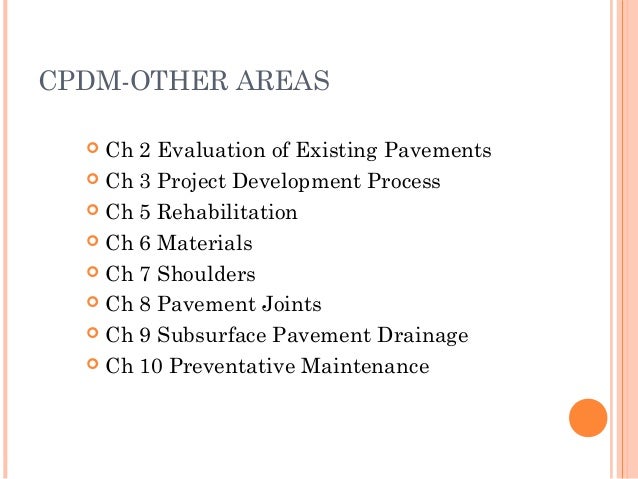

Keep in mind that a drainage coefficient is basically a way of making a specific layer thicker. Generally, quick-draining layers that almost never become saturated can have coefficients as high as 1.4 while slow-draining layers that are often saturated can have drainage coefficients as low as 0.40. The Structural Number is converted to actual layer thicknesses (e.g., 150 mm (6 inches) of HMA ) using a layer coefficient (a) that represents the relative strength of the construction materials in that layer.Īdditionally, all layers below the HMA layer are assigned a drainage coefficient (m) that represents the relative loss of strength in a layer due to its drainage characteristics and the total time it is exposed to near-saturation moisture conditions. The Structural Number is an abstract number expressing the structural strength of a pavement required for given combinations of soil support (M R ), total traffic expressed in ESALs, terminal serviceability and environment. In other words, there must be some assurance that a pavement will perform as intended given variability in such things as construction, environment and materials.

The predicted loading is simply the predicted number of 80 kN (18,000 lb.) ESALs that the pavement will experience over its design lifetime. This can lead to invalid results at the least and incorrect results at the worst. Otherwise, it is quite easy to use an equation with conditions and materials for which it was never intended. Therefore, environmental factors were difficult if not impossible to extrapolate out to a longer period. These types of pavements are called flexible since the total pavement structure bends or deflects due to traffic loads.Ī mixture of asphalt binder and aggregate thoroughly mixed and compacted into a mass.īecause they were developed for the specific conditions of the AASHO Road Test, these equations have some significant limitations. These can be either in the form of pavement surfaces such as a bituminous surface treatment (BST) generally found on lower volume (or lower traffic) roads, or hot mix asphalt (HMA) surfaces generally used on higher volume roads. The rest of this section will discuss the specific assumptions, inputs and outputs associated with the 1993 AASHTO Guide 1 Pavements that are surfaced with bituminous (or asphalt) materials as the surface course. This empirical equation is widely used and has the following form.

This article presents the 1993 AASHTO Guide basic design equation for flexible pavements. Aashto Pavement Design Guide Upgrade Your BrowserĪashto Pavement Design Guide Upgrade Your Browser.


 0 kommentar(er)
0 kommentar(er)
